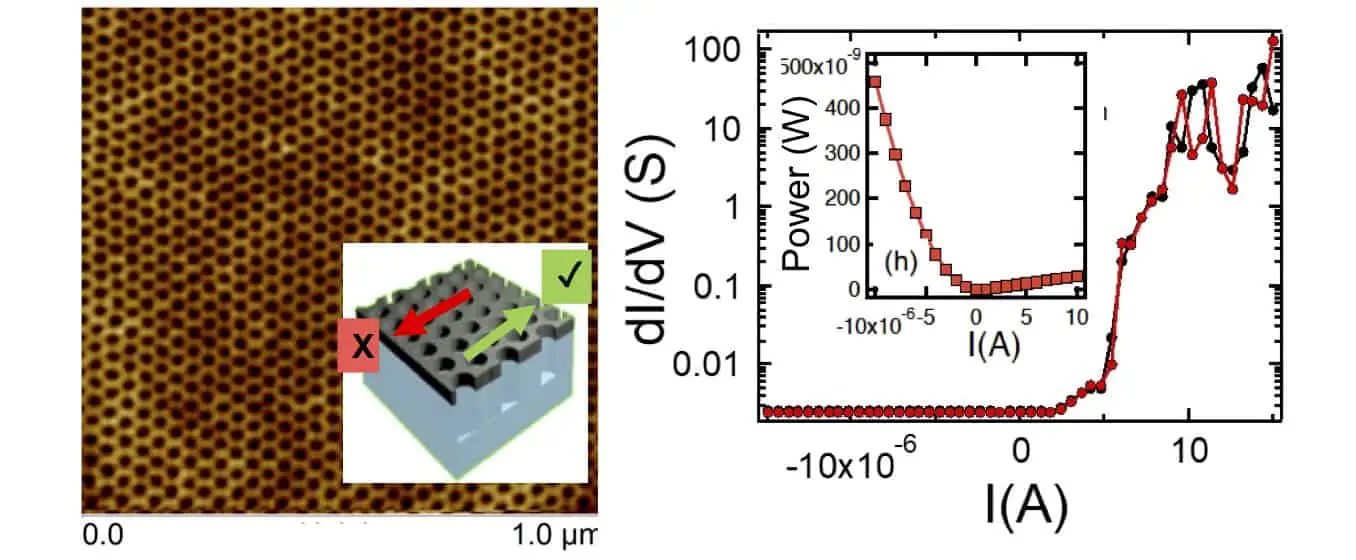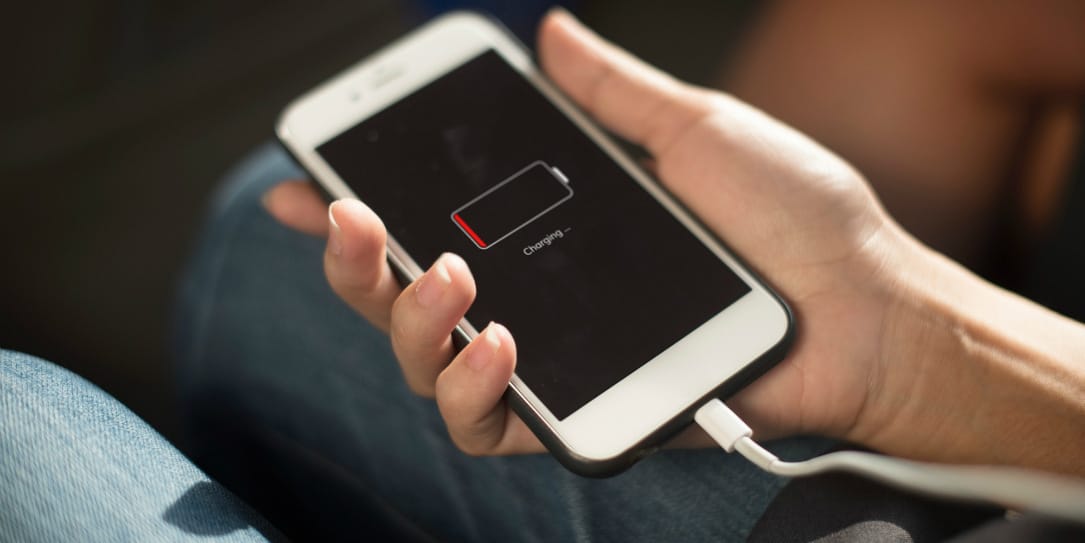Battery life sucks. That’s a common complaint from users of battery powered devices such as smartphones and tablets. University of Missouri researchers have heard your plea and have developed a new material to help. The researchers at the University of Missouri say this honeycomb material has magnetic properties that can address heat and life issues in batteries.
“Semiconductor diodes and amplifiers, which often are made of silicon or germanium, are key elements in modern electronic devices,” said Singh, who also serves as the principal investigator of the Magnetism and Superconductivity Research Laboratory at MU. “A diode normally conducts current and voltage through the device along only one biasing direction, but when the voltage is reversed, the current stops. This switching process costs significant energy due to dissipation, or the depletion of the power source, thus affecting battery life. By substituting the semiconductor with a magnetic system, we believed we could create an energetically effective device that consumes much less power with enhanced functionalities.”
The University of Missouri team “developed a two-dimensional, nanostructured material created by depositing a magnetic alloy, or permalloy, on the honeycomb structured template of a silicon surface. The new material conducts unidirectional current or currents that only flow one way. The material also has significantly less dissipative power compared to a semiconducting diode, which is normally included in electronic devices.”

“Although more works need to be done to develop the end product, the device could mean that a normal 5-hour charge could increase to more than a 500-hour charge,” Singh said. “The device could also act as an ‘on/off switch’ for other periphery components such as closed-circuit cameras or radio frequency attenuators, which reduces power flowing through a device. We have applied for a U.S. patent and have begun the process of incorporating a spin-off company to help us take the device to market.”
Any sort of battery research that can prolong the life of our devices is welcome. Click the link below to find out more about Deepak K. Singh and his team at the University of Missouri.
What do you think of this research? Let us know in the comments below or on Google+, Twitter, or Facebook.
[button link=”https://munews.missouri.edu/news-releases/2018/0516-new-device-could-increase-battery-life-of-electronic-devices-by-more-than-a-hundred-fold/” icon=”fa-external-link” side=”left” target=”blank” color=”285b5e” textcolor=”ffffff”]Source: MUNews[/button]









